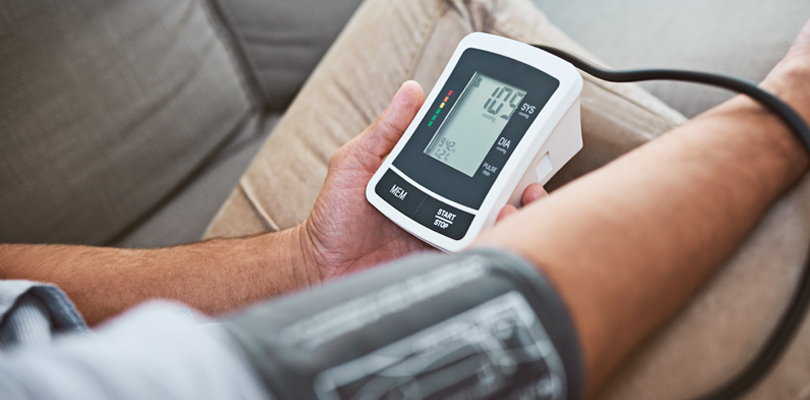Numbers don’t lie. And one set of numbers your doctor, nurse, pharmacist, and other health specialists particularly tune in to is the one that measures your blood pressure.
High blood pressure can damage the walls of your arteries and can lead to heart disease and other debilitating conditions.
The numbers used to measure your blood pressure are composed of a top number, systolic, and a bottom one, diastolic. The systolic pressure is the action of the heart pumping blood out of its chambers and sending freshly oxygenated blood to the arteries that supply all your organs. The diastolic number measures blood flow during that part of the cycle when the heart is relaxed. Blood is entering back into the heart in preparation for restarting the process of emptying and refilling.
Blood pressure readings are in a constant state of change. During times of relaxation, they tend to be lower. During periods of physical activity or emotional stress, they often go up.
Other factors like the time of day, medications you take, or your diet, such as salt and caffeine intake, can impact your blood pressure.
Blood Pressure: How High Is High?
High blood pressure or hypertension is associated with the development of strokes, heart attacks, congestive heart failure, and other serious health conditions. If you are experiencing hypertensive crisis (higher than 180 systolic and/or 120 diastolic), please consult your health care provider immediately.
| Blood Pressure Stages | Systolic (top number) | Diastolic (bottom number) | |
| Normal | Less than 120 | and | Less than 80 |
| Elevated | 120 – 129 | and | Less than 80 |
| High Blood Pressure (Hypertension) – Stage 1 | 130 – 139 | or | 80 – 89 |
| High Blood Pressure (Hypertension) Stage – 2 | 140 or higher | or | 90 or higher |
| Hypertensive Crisis | Higher than 180 | and/or | Higher than 120 |
You can have high blood pressure for years without any symptoms. Fortunately, high blood pressure can be easily detected. And once you know you have high blood pressure you can work with your doctor to control it.
What can you do to monitor and control your blood pressure?
- Check your numbers periodically and at different times of the day. Take the readings while you are seated for at least a few minutes.
- Record them and the time of day, and share with your doctor, especially if they are consistently reading above 120/80.
- If your numbers are elevated above 140/90, contact your doctor right away.
Know your numbers. It’s vital to your health. Learn more about your risk and ways to manage high blood pressure from the CDC website.

